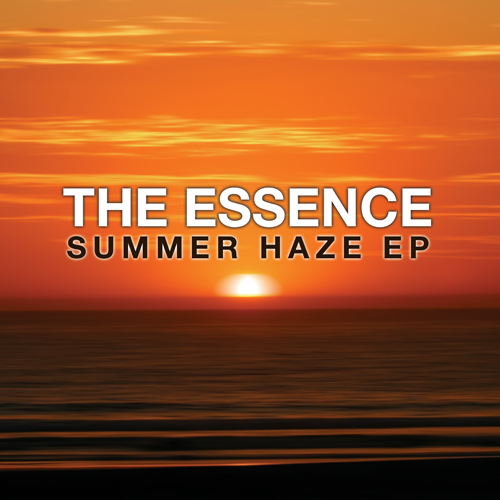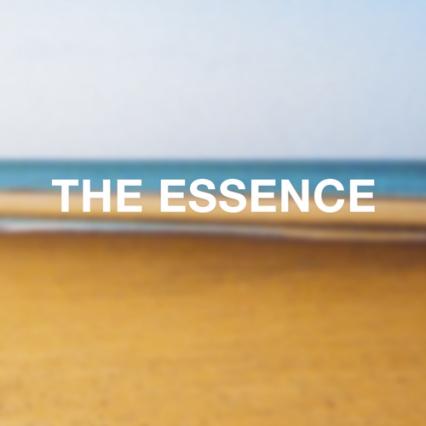Wednesday, August 31, 2016
Vintage radio and thatching...
I've been really enjoying BBC Radio4ex recently...It features vintage radio shows and series in various genres, my favourite being comedy and sci-fi. I turned on the radio the other day to hear the familiar voice of Irene Handl in a show called We're In Business also starring Harry Worth, Peter Jones and Dick Emery. It was a really good comedy...A bit surreal so I wasn't too surprised to hear that it was scripted by Barry Took, Marty Feldman and Peter Jones himself. It was followed by Meet The Huggets and I was struck by the fact that both had fantastic full orchestral themes and incidental music.
Sadly, I can't find out much about We're In Business, but Meet The Huggets was very popular and started out as a series of Gainsborough films with music by Anthony Hopkins...I can't find out who was at the helm during the radio years.
Radio music was fantastic back then, recorded by up to huge ensembles and composed by people like Wally Stott who was a brilliant composer.
Which brings me on to a new development I've been noticing recently, which I find completely baffling. There have been a few releases recently of software which claim to compose chord sequences, basslines and melodies and also to be some sort of aid in understanding music theory. Unfortunately, the ones I have heard seem to be programmed by someone who doesn't know much music theory as they produce a slew of wrong notes over an extremely rudimentary and uninteresting chord sequence. Quite apart from that, the basic assumption is that music theory is a black and white presentation of rules which must be adhered to. Like most things in life, music theory has many grey, or rather flexible areas...After all, it's a way of understanding acoustics in a way as defined by western diatonic music which is a thing based on wind and wire. It therefore has to be a flexible and living thing, which in turn, is why so many beautiful things can be done with it. It's a force of nature, which is why it speaks to us all.
I reckon that the reason us composers write music is to communicate how we feel, so to get a machine to throw out a series of notes rather than to have an experience, process it yourself and then communicate something of worth seems pointless to me. Much better to listen to lots of different music, experiment and learn some sort of formal theory, if you ask me...Much more interesting too!!! Anyway, I'll stop there.
The TV show I'm writing the music for threw down a very interesting sound challenge which I'll write more about in a future blog. I'll just say that it involved a lot of editing in Melodyne. The show has been great to work on...An excellent and very experienced team and a terrific presenter and subject matter...Brilliant!!! I can't say any more until the show has been finished and scheduled, but I'll post more when I can.
I'm working on a new 'classical' piece. It's called "Three Illustrations in Colour" and is for quite a large orchestra, two harps and female chorus. Debussy used the same forces in his Nocturnes and the soundscape he conjured up with those forces has always fascinated me. I've nearly completed what will probably be the last piece which is Village Fête and Thunderclouds. It is exactly the sort of piece that would fit in the Multiple Field Sketches, but it has (very unusually for me) lyrics, so it needed its own setting. I'm reworking Blood Moon and Monitor from the Field Sketches as a first movement and still thinking about what should go between them. You can even get apps to work this sort of thing out for you too, but one of the best things about composing I feel, is holding all these things in your head and mulling over how the ideas fit together and bounce off each other to make a greater whole.
We have the thatchers in here at Tumbledown and we're gradually learning the language of the craft. We're having a flush rather than a block ridge and we're not having pinnacles, despite their function of keeping witches away. The thatchers are here most days unless they're yelming the straw before bringing it here to put up on the roof (pic above).
There's a new Artful release coming soon as well as The Lost Lake, my second album for Mindfulness Music.
Subscribe to:
Posts (Atom)




